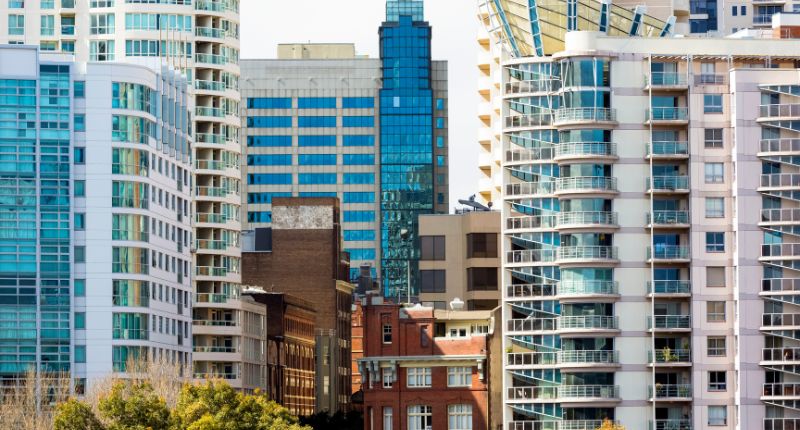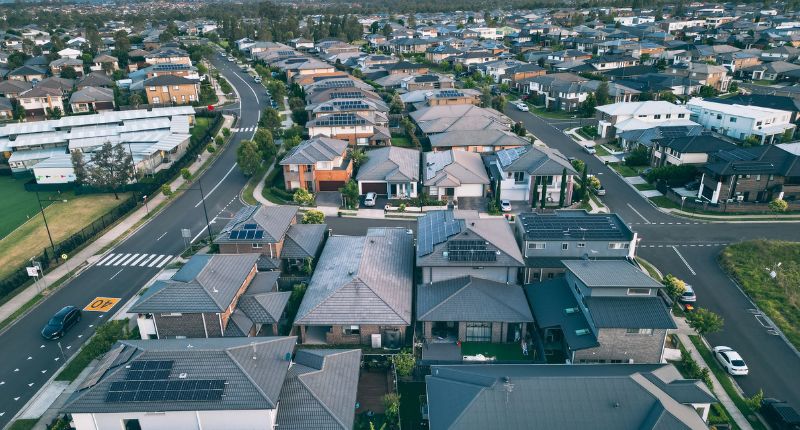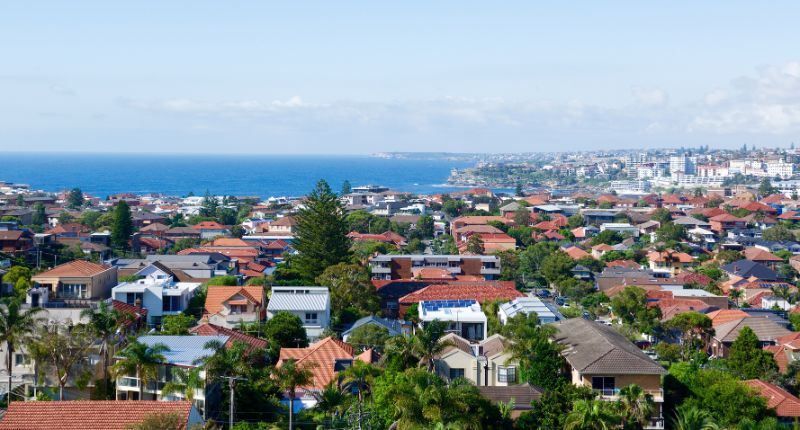- Strong tenant demand and a shortage of listings puts unit and house rents on nearly equal footing
- Rental demand could flow more toward the housing sector
- Continued listings shortfalls have stabilised unit values
High demand for capital city unit rentals, combined with limited available listings, has been closing the gap between median house and unit rents, according to a new report from CoreLogic.
What’s shortening the gap?
A few domestic factors, including more Australian students returning to campus, worker rental demand in inner city areas, and the attraction of lower unit rental rates, plus a strong return of overseas migrants and international students, has resulted in a record 4.9% increase in unit rents for the capitals over the three months to April.
Vacancy rates across the majority of the country’s capital cities are at a record low, and the total advertised rental supply is almost 40% below the 5-year average.
Total property listings, National
CoreLogic Economist Kaytlin Ezzy says the preference for more affordable accommodation contributed to closing the gap between house and unit rents to less than $40 a week.
“There is no ignoring the fact that the mismatch between supply and demand continues to be the driving force pushing capital city rents higher,” Ezzy said.
“Units are the affordable option for many; new migrants, students, service workers and many other tenant types.
“But the increase in demand and low availability is forcing rents increasingly higher and causing the affordability gap between houses and units to close rapidly.”
As the gap continues to narrow, more rental demand could flow towards the housing sector, according to Ezzy.
“Or, as we’re potentially already seeing, flow into additional purchasing demand with some prospective buyers fast-tracking their decision to become homeowners.”
Rolling annual change in values, national houses and units

Unit values stabilising
Ezzy says a continuing listings shortfall has contributed to stabilising unit values.
“In April, national unit listings continue to be around -20% below the levels typically expected this time of year, a shortfall of around 10,000 listings,” she said.
“The persistent lack of listings has seen more negotiation power shift back in favour of sellers, putting upward pressure on unit values.”
She added although it is likely unit values have bottomed, there continue to be many market forces and economic considerations to keep in mind over the short term.
“The uptick in values and corresponding wealth effect could work to undo some of the softening in economic conditions, which could lead to further cash rate increases.
“If this transpires, we would anticipate a softening in values.”








